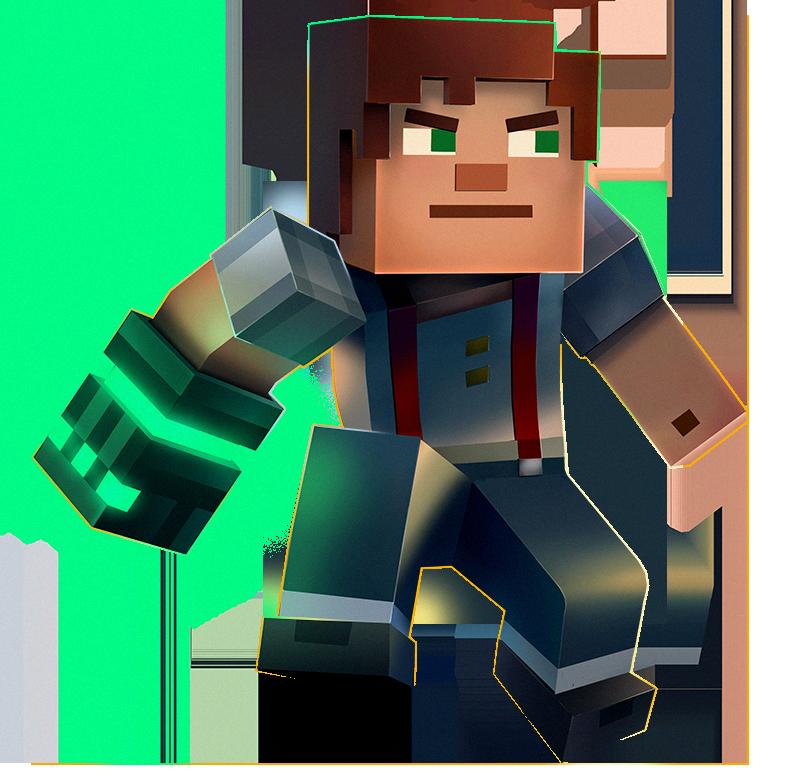One of the fascinating elements of gameplay in Minecraft involves using tripwires to create traps or mechanisms. To set up a tripwire, you’ll need two tripwire hooks facing each other. These hooks should be connected by string, creating a line that players can unwittingly trigger as they pass through.
Gathering the Necessary Materials
Before you can start setting up your tripwire, it’s essential to have the required materials. You’ll need at least two tripwire hooks and some string. Tripwire hooks can be crafted using iron ingots and wooden planks, while strings can be obtained by killing spiders or by finding them in various locations in the game.
Placing the Tripwire Hooks
To set up a tripwire trap effectively, place the two tripwire hooks facing each other. You can adjust the distance between the hooks based on how subtle or visible you want the tripwire to be. Ensure that they are close enough for a player to activate the trap when passing through.
Connecting with String
Once the tripwire hooks are in position, connect them with string. The string will be the trigger element that activates the trap when a player or mob passes through it. To connect the hooks, simply right-click on one hook and then right-click on the other.
Activating the Tripwire
When a player walks through the string connecting the tripwire hooks, you’ll hear a distinctive “click” sound, indicating that the trap has been triggered. This click will also initiate a redstone pulse, allowing you to link the tripwire to other mechanisms or traps in your Minecraft world.
Creating Intricate Trap Designs
By mastering the use of tripwires, you can design intricate traps to catch unsuspecting players or mobs. Consider combining tripwires with other redstone devices or mechanisms to create more elaborate and surprising traps in your Minecraft world.
Experimenting with Redstone
Redstone is a critical component in enhancing the functionality of tripwires in Minecraft. Experiment with different redstone circuits to trigger various actions when the tripwire is activated. This experimentation can lead to innovative trap designs and interactive elements in your gameplay.
Strategic Placement of Tripwires
Strategic placement of tripwires can significantly impact their effectiveness in the game. Consider placing tripwires in areas with high foot traffic or near valuable resources to catch trespassers or protect your belongings from unwanted visitors.
Securing Your Base with Tripwires
If you’re looking to add an extra layer of security to your base, incorporating tripwires can be a smart choice. Use tripwires to create alarm systems that notify you when an intruder enters your base, giving you time to prepare or defend your territory.
Enhancing Gameplay with Tripwires
Using tripwires in Minecraft adds a new dimension to your gameplay, allowing you to experiment with traps, security systems, and interactive elements. Incorporate tripwires into your world creatively to enhance your gaming experience and surprise your friends with cleverly designed traps.
Engaging with the Minecraft Community
Share your tripwire creations and innovative trap designs with the Minecraft community to inspire others and collaborate on exciting projects. Join online forums, social media groups, or multiplayer servers to showcase your creations and learn from fellow players’ strategies.

Final Thoughts on Tripwires in Minecraft
Mastering the use of tripwires in Minecraft opens up a world of possibilities for creating traps, security systems, and interactive gameplay elements. Experiment with different trap designs, redstone circuits, and strategic placements to unleash your creativity and enhance your gaming experience in the virtual world of Minecraft.
